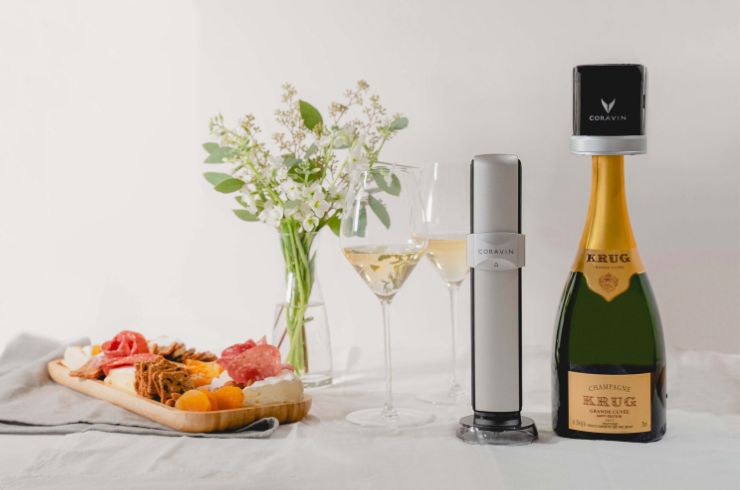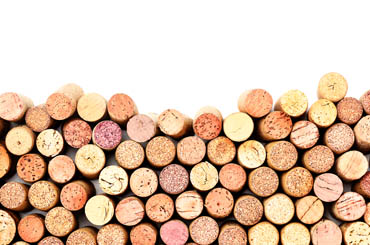Australian Wine Labels
There are a series of controls on the form and content of wine labels that coexist with the Geographic Indications regulations. The most important is what is commonly called truth-in-labelling, guaranteed by the Label Integrity Program . This is a control system self-imposed on Australian winemakers, the cost of compliance likewise funded by Australian wineries (by a levy charged on each tonne of grapes crushed). It requires winemakers to keep the most scrupulous and detailed records; this enables an audit to be made at any stage. The records must account for every tonne of grapes processed, whether estate-grown or contract-grown, and track the wine from those grapes, whether it is estate-bottled and sold, bottled, or sold without a label, or sold as bulk wine. Each year there is a parallel audit of a given variety within a given region, which charts how much of that variety is made from grapes grown in the region, how much is made from grapes grown elsewhere, and how the wine made from those grapes is disposed of. There are also annual random audits of winemakers large and small, and specific audits where the Australian Wine and Brandy Corporation is put on notice of possible irregularities.The minimum amount of information required for the label on every bottle of wine sold in Australia is the producer’s name and address, the alcohol level, the number of standard drinks the bottle contains, the statement ‘Contains sulfites’ (unless no SO2 has been added at any time prior to the wine being bottled) and either ‘Wine of Australia’ or ‘Product of Australia’. Additionally, there must be a declaration if any of a number of prescribed allergenic substances have been used during the making of the wine. The relevant substances are milk and casein, egg whites, nuts and isinglass. The legal requirement is that the statement must say either that the substance is in the wine or that it has been used in its manufacture.
Wine Label Requirements in Australia
There are a series of controls on the form and content of wine labels that coexist with the Geographic Indications regulations. The most important is what is commonly called truth-in-labelling, guaranteed by the Label Integrity Program (LIP). This is a control system self-imposed on Australian winemakers, the cost of compliance likewise funded by Australian wineries (by a levy charged on each tonne of grapes crushed). It requires winemakers to keep the most scrupulous and detailed records; this enables an audit to be made at any stage. The records must account for every tonne of grapes processed, whether estate-grown or contract-grown, and track the wine from those grapes, whether it is estate-bottled and sold, bottled, or sold without a label, or sold as bulk wine. Each year there is a parallel audit of a given variety within a given region, which charts how much of that variety is made from grapes grown in the region, how much is made from grapes grown elsewhere, and how the wine made from those grapes is disposed of. There are also annual random audits of winemakers large and small, and specific audits where the Australian Wine and Brandy Corporation is put on notice of possible irregularities.The minimum amount of information required for the label on every bottle of wine sold in Australia is the producer’s name and address, the alcohol level, the number of standard drinks the bottle contains, the statement ‘Contains sulfites’ (unless no SO2 has been added at any time prior to the wine being bottled) and either ‘Wine of Australia’ or ‘Product of Australia’. Additionally, there must be a declaration if any of a number of prescribed allergenic substances have been used during the making of the wine. The relevant substances are milk and casein, egg whites, nuts and isinglass. The legal requirement is that the statement must say either that the substance is in the wine or that it has been used in its manufacture. The most common form of compliance is ‘Produced with the aid of milk products and traces may remain’, using ‘egg’, ‘fish’ or ‘milk’ as appropriate, these all being fining agents.
There is no requirement that the vintage, the variety or varieties, or the region or regions be stated. In the vast majority of instances, of course, they are stated, in which case the following principles apply. If a single variety is stated, the wine must contain at least 85% of that variety. If two or more varieties are stated, they must be arranged in descending order of volumetric importance. If only two varieties are shown, the second cannot be less than 5%. (Thus a shiraz viognier with less than 5% viognier has to state shiraz on the front label, but the incorporation of viognier can be disclosed on the back label.)
If the vintage is specified, the wine must be at least 85% from that vintage, and if a single region is specified, the wine must likewise be 85% from that region. If more than one region is displayed, the regions must be shown in descending order of volumetric importance. All of these ‘label claims’ must be substantiated by records kept at the winery under the LIP.







